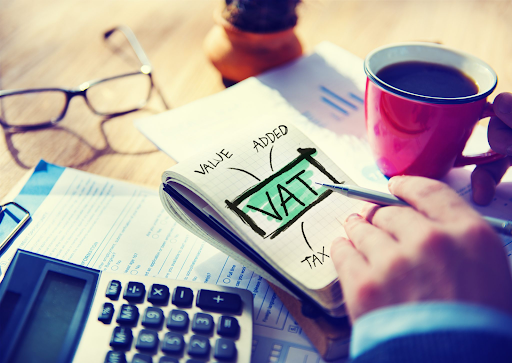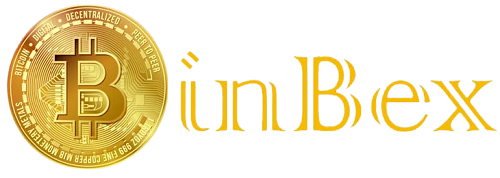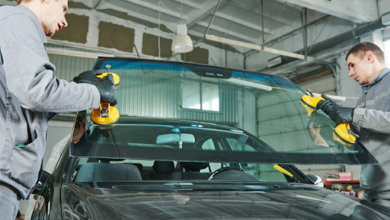Is The Flat Rate VAT Scheme Better For Contractors? (h1)

Some limited companies, however, may benefit more from the Flat Rate VAT scheme that was implemented in 2002. You should be aware that punitive “limited cost trader” rules came into effect in 2017 and made the flat rate scheme unviable for small businesses.
Basics of Flat Rate VAT
The flat rate scheme simplifies the calculation of VAT compared to the standard scheme. You charge your clients and customers the standard VAT rate of 20% on all invoices. However, you can repay the VAT at a rate of 14.5% per year if you’re an IT contractor.
Your own situation will determine whether or not the Flat Rate VAT scheme is better for you. You may not be able to benefit if you purchase a large amount of equipment. This is because you can’t reclaim VAT.
Many small businesses are excluded from the Low-Cost Trader program
Since April 2017, businesses that are deemed to have a low level of annual expenses can no longer use flat percentage rates. They must instead use a fixed 16.5% – which means that the FRS is no longer beneficial and standard VAT is the best option.
Are you a limited-cost trader?
A limited cost trader (LCT) is a business with a VAT-inclusive expenditure on goods that is less than 2% or more than 2% but less than £1000 of the VAT-inclusive turnover of their relevant accounting period.
This online HMRC test can help you determine if your business is affected.
Capital expenditure, food, drink, and vehicle-related costs (for transport businesses) are excluded from the definition of goods. These exceptions have been introduced to stop businesses from purchasing everyday items or making one-off purchases to increase their costs over the 2% threshold binbex.
These classic contractor services do not qualify as relevant goods.’
- Accountancy fees
- Advertising Costs
- Downloads! downloads!
- Downloaded software or custom-made software
- Office rent
HMRC has issued some guidelines that may be useful in determining which items qualify as goods. Any item used by an employee or business owner in their capacity (such as office stationery) cannot be considered a good.
Capital expenditure can be any item purchased to be used in your business for a reasonable amount of time. For example, office furniture, mobile phones, computers, or printers.
The FRS scheme allows these items to be treated as goods, even though they may not be considered capital assets by other accounting standards.
What’s the worst thing you can do if you are a limited cost trader?
Many contractors, who previously charged Flat Rate VAT between 12 and 145% depending on the sector they worked in, are now paying the new rate of 16.5%.
Financially, many people will be hit hard by this tax increase. However, the government has claimed that the FRS was used purely for tax savings and not because it simplifies accounting.
If, for example, you had a turnover of £75,000 in the year before April 2017, your turnover, including VAT, would be £90,000. If you are a typical contractor, you will repay 14.5% of £90,000. This is £13,050.
If you are a limited-cost trader, the new rules took effect in April 2017. You will pay an additional tax of £ 1,800 if you have to pay 16.5% on £90,000.
Flat Rate VAT Scheme Notes
The following notes and example calculation are for businesses not covered by the Limited Cost Trader Rules.
- You will receive an additional 1% discount on the flat-rate percentage that you use in your first year. If you are not a “limited cost trader” in the case of contractors, you must repay HMRC 13.5%.
- If your total annual turnover (including the VAT) is less than £ 187.500, you can apply to join this scheme.
- You can claim input tax on your normal VAT return if you spend more than £2,000 on a capital asset, including VAT.
- You should still invoice your clients at the standard 20% Flat Rate VAT, even though you are paying a smaller percentage.
- You can choose to discontinue the flat-rate scheme at any time.
- If your annual turnover is below £230,000, you can still continue to use the flat-rate scheme.
Example of Flat Rate VAT Scheme
Here’s an example of a limited company with gross billings to clients of £40,000. The VAT on the expenses incurred is £500.
Calculation of Standard VAT
Total Billings @ £40,000
Output VAT @ 20 % = 8,000 £
(minus) Input Tax @£ 500
The total VAT payable would be P7,500
Flat Rate Pricing
Total Billings @ £40,000
Total VAT at 20% = £8,000
The total VAT payable is 14.5% of 48,00£ = 6,960 £
This example applies the 14.5% rate that has been applied to IT contractors from 4th January 2011 onwards. There may be different rates for other professions.
Don’t forget to take advantage of the 1% discount on the HMRC percentage for the first year you use the flat-rate scheme.
If you don’t expect to make many purchases via your limited company, it may be better for you to join the Flat Rate VAT scheme.
Before you decide which scheme to join, always check with your accountant.
HMRC’s guide on Flat Rate VAT includes all current flat-rate percentages.




